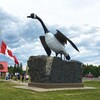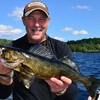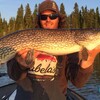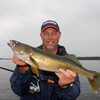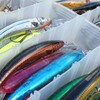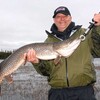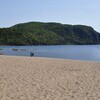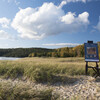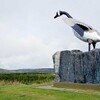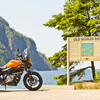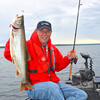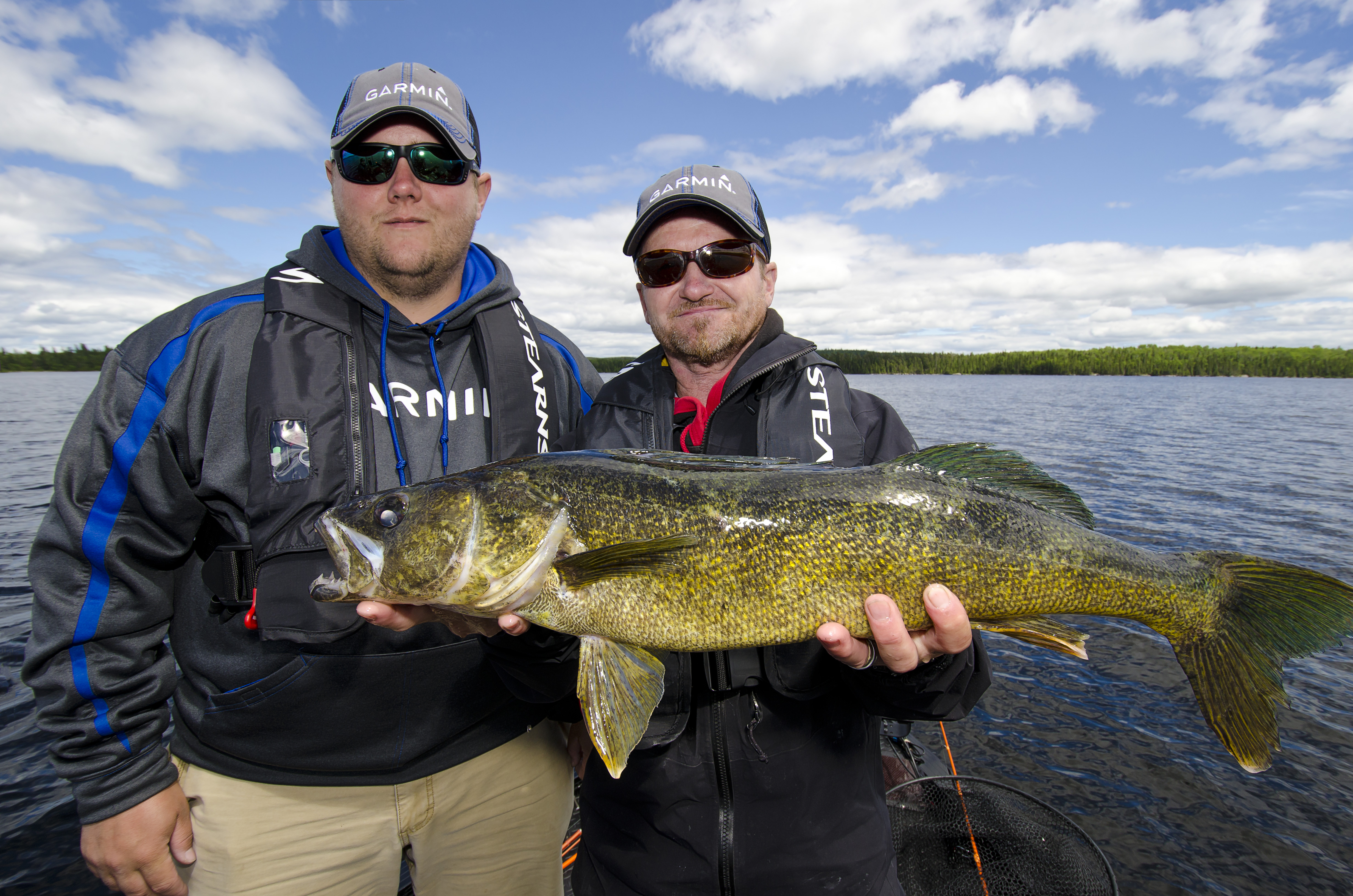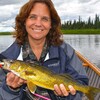
Good Fishing Trips are a Safe Ones
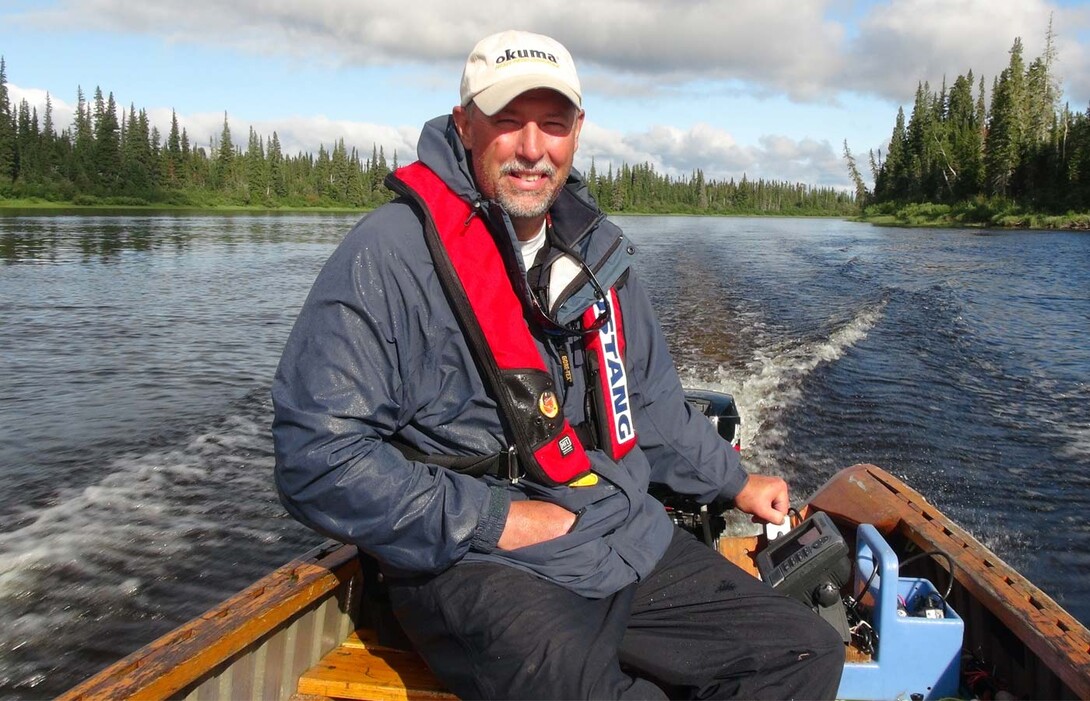
It's an unfortunate but indisputable fact. . .anglers are notorious for not wearing a PFD (personal flotation device) while fishing. When authorities ask anglers why they are not wearing their PFD, the most common reply is that most flotation vests are bulky and uncomfortable to wear. It's true that many PFDs are uncomfortable. Traditional Foam Type III flotation vests are long on function but short on comfort.
Anglers who own this style of traditional life vest often wear them while the boat is on plane and take them off to fish. This sets up a potentially disastrous situation.
According to both the US and Canadian Coast Guard, most drownings involving anglers are the result of a person not wearing a personal flotation device or PFD for short. Mustang TheSurvival is one of the leading manufacturers of PFDs and on its web page it states, "The best PFD is the one a person wears".
Inflatable PFD
A better option is the newer inflatable PFDs that are designed to be low profile, lightweight and comfortable to wear. How an inflatable actually inflates depends on the technology designed for these PFDs.
Both manual and automatic inflatable vests are on the market. Manual vests require the person wearing the vest to pull a ripcord to inflate the vest. These vests are a good choice for wade anglers, paddle sports enthusiasts, duck hunters and other situations where the person wearing the vest is likely to end up in the water, but does not need to inflate the vest.
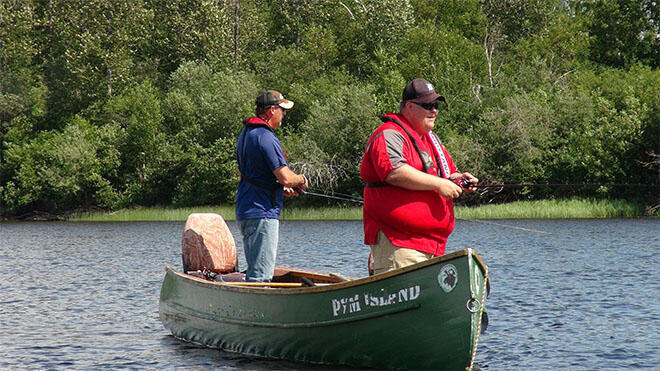
The obvious shortcoming of the manually inflated vests is that should the person become knocked into the water and unconscious, the vest will not inflate.
Automatic-style inflatable vests are a better choice for situations when the user doesn't expect to be in the water such as fishing from a boat, sailing or cruising. Automatic PFDs are available using two distinctively different technologies. Most entry-level vests use a technology that involves a small tablet that when wet dissolves and enables a pin to puncture the CO2 cartridge which in turn inflates the vest. This style of vest can accidentally inflate if it gets overly wet from rain, spray or exposure to humidity.
A more expensive but foolproof inflation technology has been adopted by Mustang Survival. Known as Hydrostatic Inflator Technology (HIT) for short, these vests will only inflate automatically when the vest has been submerged to four inches or more. Special pressure sensitive value inflates the vest when it is submerged and prevents the vest from accidentally inflating due to heavy rain, spray or moisture.
The HIT-style vests are the best choice for serious fishing or commercial use and are approved by the Coast Guard as Type V Commercial and Type III Recreational PFDs. Automatic-style life jackets can also be inflated manually by pulling a ripcord. These vests also have an emergency valve that allows the vest to be inflated by blowing into a small tube.
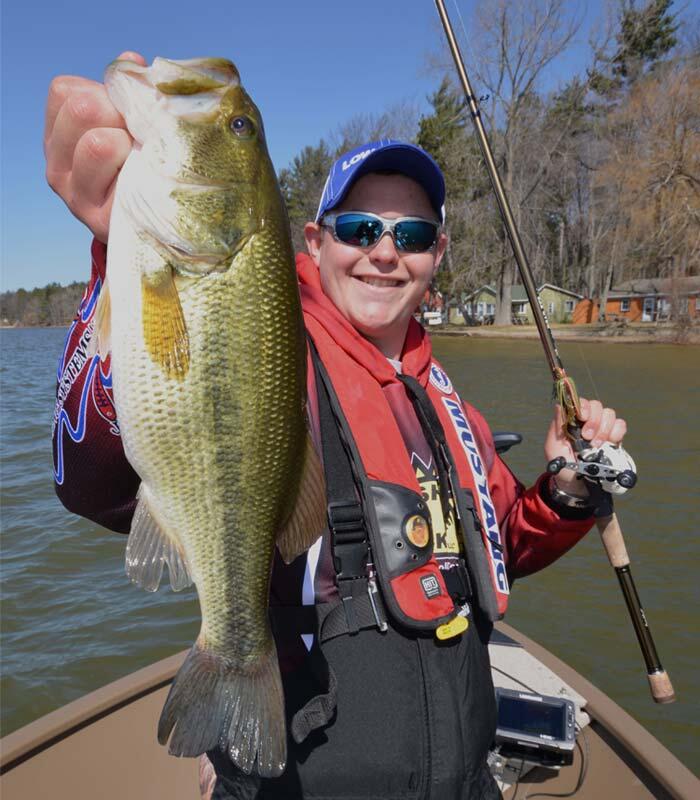
Other Safety Gear
Every angler needs a PFD when on the water, but there are other important safety items that also need to be on board. When fishing in Ontario's Algoma Country every boater needs to have a bailing device, suitable for bailing water out of the boat should it start taking on water.
Also, every angler needs to have on board a rope with a throwable float attached. Other important safety items include a whistle for alerting others should you need help, waterproof matches, a small flashlight for signalling, and spare batteries for the flashlight.
Safety kits that contain all of these items in a waterproof container are widely available and should be the first thing packed for any Ontario fishing adventure.
The only good fishing trip is a safe one. Taking a little time to ensure all your safety gear is packed and ready for action will provide the peace of mind to relax and enjoy fishing to the fullest. Remember, a PFD can only save an angler's life if that angler is wearing it.
Recommended Articles
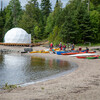
Life Under The Dome
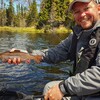
The Train-in Fishing Adventure

Venues that impress

Chapleau Game Preserve
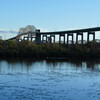
Canada Border Crossing
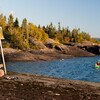
Group of Seven Facts

A Bustling Market
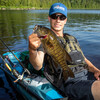
Kayak Fishing at Laurentian Lodge
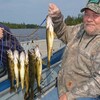
Walleye destinations

Got Bison?
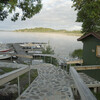
Family Fun at a Fishing Lodge

Adventure Biking in Algoma

The Best Shore Lunch
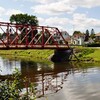
Get To Know Thessalon

Aubrey Falls
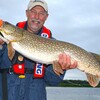
Pike and Spoons
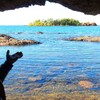
The Lost Harbour
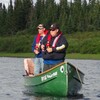
Specialty Jigs

The Soup Witch



